Critical film review: genre configuration in the daily press
Keywords:
Standardization, Explanation, ArgumentationAbstract
This article focuses the cinematographic resign as a genre, as it goes on in Argentina during 1956 to 1966, from a group of texts belonging to two newspapers: La Nación y La Prensa. The aim was to find out the recurrent characteristics of this genre that installed reading habits and let us know about the way the society use to build knowledge about cinema.
The methodology was that of Discourse Analysis in order to describe the combination of explaining and argumentation (Heinemann y Viehweger, 1991; Werlich, 1975) and to establish links between genre and cognitive process.
The objectives of journalism (information and persuasion) require the standardization of the textual formula in order to the advertisement of films. However, the recurrence of certain argumentative rhetoric let us infer the features that define the representation about the film that shares a society at a given moment in history.
Published
How to Cite
Issue
Section
The authors that publish in this Journal accept the following terms:
a. Authors retain copyright and grant the journal right of first publication with the work simultaneously licensed under a Creative Commons Attribution License Attribution-NonCommercial-NoDerivs 3.0 Unported (CC BY-NC-ND 3.0) that allows others to share the work with an acknowledgement of the work's authorship and initial publication in this journal.
b. Authors are able to enter separate, additional contractual arrangements for the non-exclusive distribution of this journal's published version of the work (e.g., post it to an institutional repository or publish it inside a book), with an acknowledgement of its initial publication in this journal. All the works published on this Journal are retrieved and safeguarded in the Institutional Repository of this University: Repositorio UNLaM
c. Authors are allowed and encouraged to post their work online (e.g., in institutional repositories or on their website) prior to and during the submission process, as this can lead to productive exchanges, as well as to enriching and enlarging the number quotations on the work published.
















